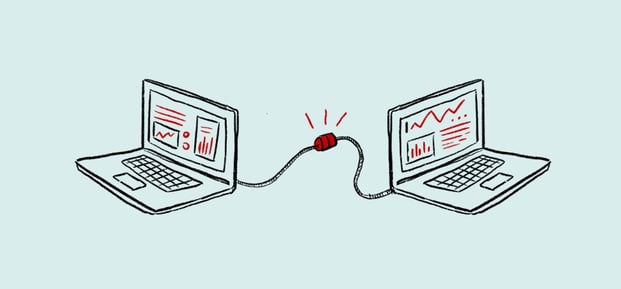Managing End-of-Life Hardware
Technology is constantly changing and keeping your IT hardware up-to-date is a standard IT business best practice. This practice is commonly referred to as IT asset lifecycle management. Older equipment, like computers and firewalls should be kept up to date to ensure productivity, predictable IT budgeting and optimal security. A proper hardware refresh plan, or ‘Evergreen Plan’, will also help your business better plan for growth and scalability. In this blog post, we will define end-of-life and outline the benefits of lifecycle management.
What is End-of-Life?
End-of-life (EOL) refers to hardware or software that is no longer manufactured or supported. An end-of-life announcement by a vendor stipulates when the vendor/manufacturer support, patching, security patching, or maintenance will end. It is recommended that when it comes to any hardware, such as desktops/laptops or servers, that businesses do not wait until products are EOL prior to moving forward with a refresh, by then, it’s too late. When a product or software hits EOL, all support ends from the vendor, meaning that X product no longer receives any escalated support, no security updates, and the manufacturer/vendor does not stock replacement parts. In terms of business impact, utilizing EOL technology directly results in a greatly extended downtime should an issue occur.

Example, your Host server is out of warranty and utilizing an EOL Windows Server Operating System (OS). Should a hardware failure occur, there is no vendor support available and no parts in stock; additionally, as the OS is EOL as well there is zero vendor support available via Microsoft. As security patches and updates, in addition to support, have stopped, there is unfortunately no fix for this. Your business will have extended downtime and the path to getting your infrastructure live and working is a long and bumpy (and frustrating) path.
Stay Productive
Not updating your hardware can result in downtime. You may unfortunately have an extended wait (if possible, to get parts) or your computer may be slow and unpredictable. Every device has a lifecycle; new computers have less problems and run faster. It is a best practice to replace laptops every three to four years and desktops every three to five years. This can change depending upon your main line of business applications, budgeting, etc.
IT Hardware Budgeting
Having a clear purchasing strategy keeps expenses predictable for your business and removes the need for larger capital expenses for new workstations. Knowing how many devices will need replacement, will help you manage your IT costs while also keeping your team equipped with what they need to stay productive. We recommend refreshing about 25% of your fleet every year.
More Secure
If you’re connected to the internet, your business is at risk of a cyber-attack. To prevent a cyber-attack, you need to ensure that your hardware is running the latest operating systems and if you are using old hardware, you may not be able to make updates.
A Managed Service Provider can help your business put in place an IT asset lifecycle management plan so that your business knows when to replace hardware and software, is secure, on budget and productive. Connect with us to learn more.

